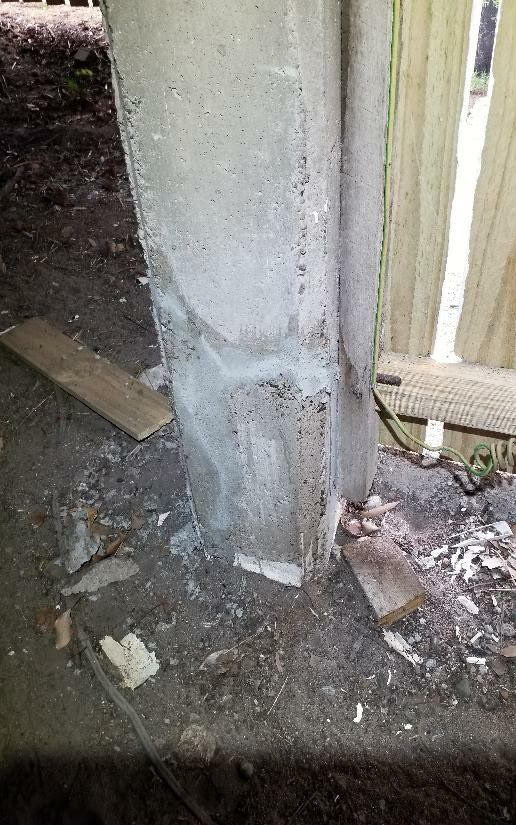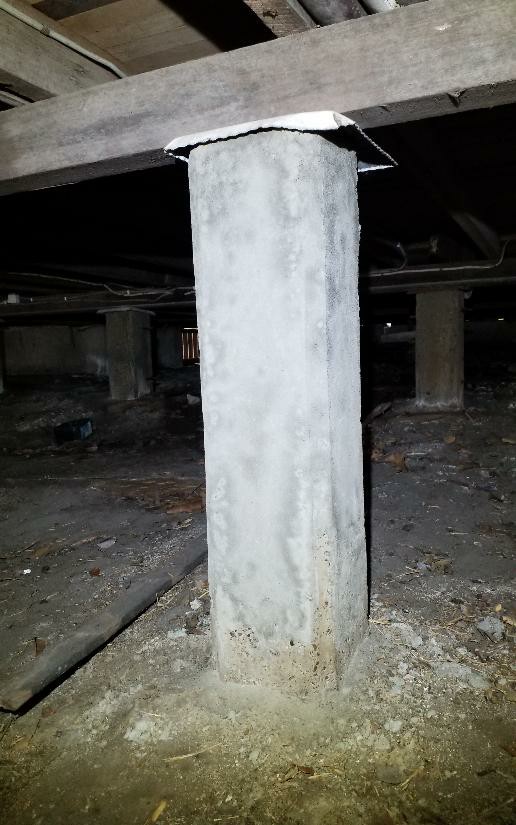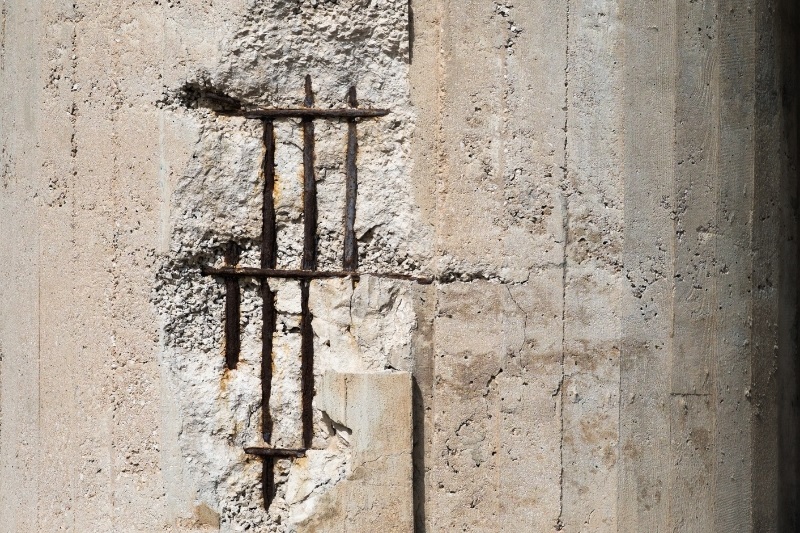When you think of concrete, you think tough and long-lasting. Whilst concrete is one of the ‘superhero’ building materials, it’s still got its kryptonites, and concrete cancer is one of the big ones. The thing is, it’s a bigger issue than it looks and needs proper repair, which is why it’s essential to know how to spot dodgy concrete cancer solutions in areas of a home including concrete stumps and retaining walls.
Concrete Cancer definition
Many concrete structures and formwork have internal steel bars (called rebar or reinforcing bar) to strengthen the concrete. Concrete cancer results from rebar rusting and expanding, causing stress on the surrounding concrete. Eventually, the concrete pushes to the point where it explodes.
Causes of rusting rebar include poor waterproofing, building defects, aged materials, and existing damage to the concrete.
To get even more scientific, the other less common name for concrete cancer is Alkali-Silica Reaction. This name reflects the process that happens to cause common concrete cancer signs. A swelling reaction occurs in the concrete. Given sufficient moisture, this reaction happens between the highly alkaline cement paste and the silica, a reactive amorphous substance found in aggregates.
Identifying Concrete Cancer
Signs of concrete cancer are:
- Crazing and cracking in concrete (spalling)
- Rust stains that appear to come from within the concrete
- Bubbling of concrete render
- Leaks that appear in overhead concrete surfaces
As this is a serious issue for your home’s support and safety, we highly recommend a qualified building inspector to correctly assesses any concrete damage to determine whether it is concrete cancer.
DIY Concrete Cancer repairs – What to look for
First of all, it needs to be said: please don’t do DIY concrete cancer repairs!
The most common DIY concrete cancer repair is patching, either with concrete or another bonding or filling agent. When you’re looking to buy a new home or a potential renovator, take a really good look for any patching repairs in concrete.
Since the issue is with the rebar, not the concrete, patching will not stop concrete cancer, only hide it. The importance is stopping concrete cancer at the source. Have a building inspector assess whether a professional has repaired existing patching to the concrete and whether it resolved the issue.


Actual Concrete Cancer solutions
When dealing with concrete cancer, you should hire an experienced concreting professional to assess and manage the issue.
The ultimate solution to concrete cancer is to have the affected concrete removed and replaced, with correct waterproofing to prevent a re-occurance. Other solutions available include polymer modified repair system and electrochemical treatment.
How to prevent Concrete Cancer
Waterproofing. That’s it. You want to keep moisture off the rebar to prevent concrete cancer it’s important to ensure a properly waterproofed structure. If you need concreting done or other concrete cancer solutions, it’s best to get in a professional.
We want to keep you safe
If you have concerns about concrete structures on your property, please contact Safeguard Inspections for a proper inspection, report and guidance.
